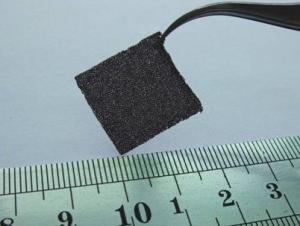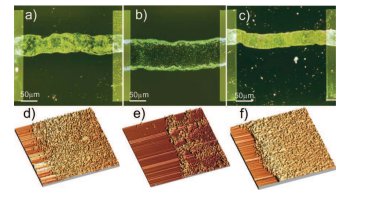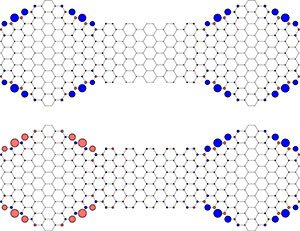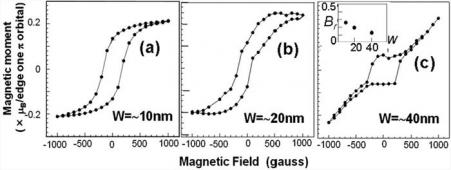New technique makes graphene useful for organic chemistry
Researchers from Rice University discovered a new technique to attach organic molecules to graphene - which can make graphene suitable for use in organic chemistry. Their two-step method converts a single graphene sheet into a superlattice.
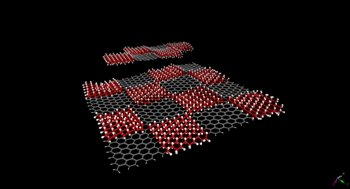
In the first step, you create a lithographic pattern that can coax hydrogen atoms to attach to particular places on the graphene's honeycomb matrix. This converts Graphene into a semiconducting superlattice. You then drop hydrogen atoms on the graphene. The second step is to expose the material to diazonium salts.The salts eliminated the hydrogen atoms and left behind a carbon-carbon sp3 bond structure. This structure can be functionalized with other organics.

